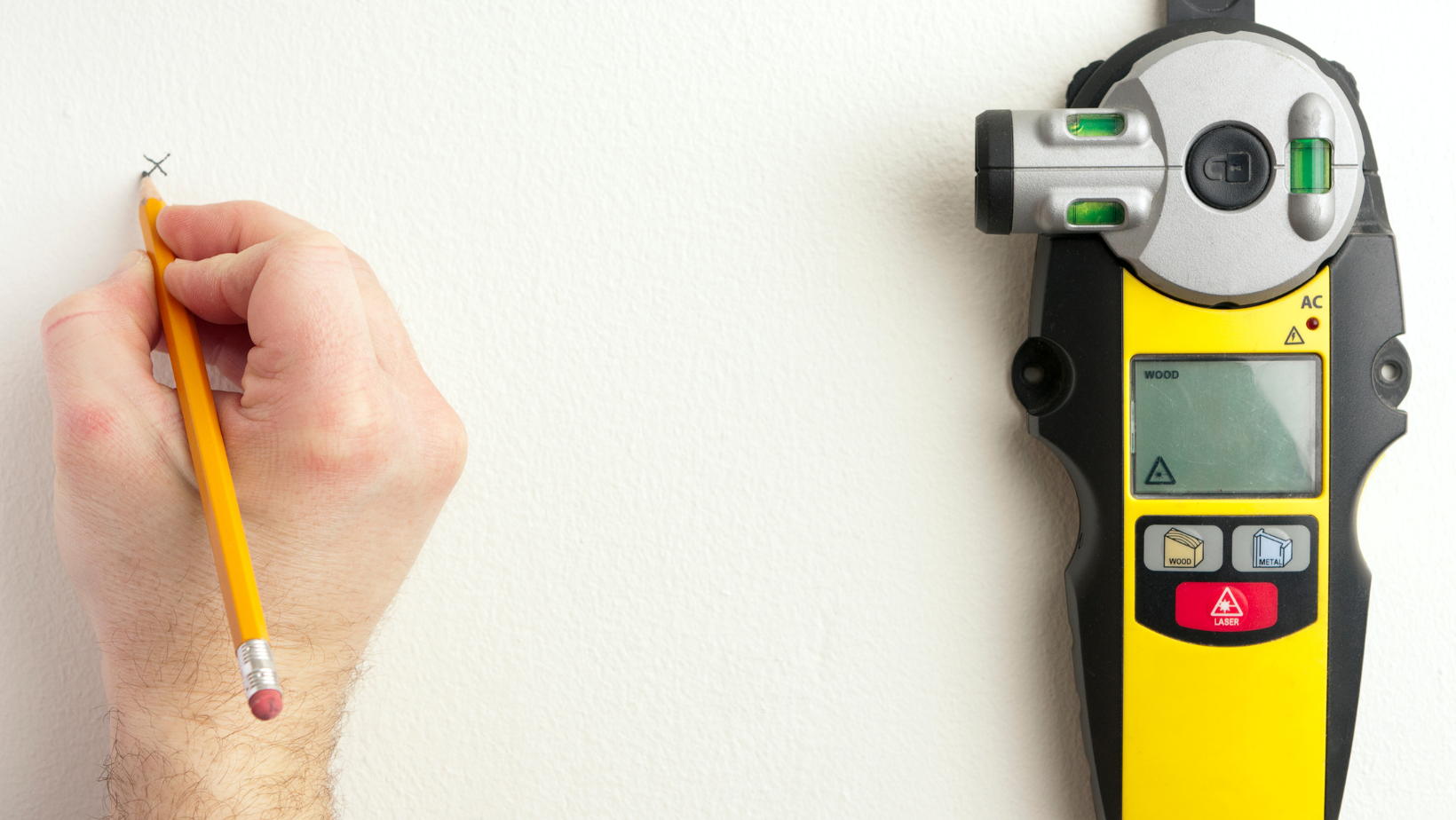
5 Best Stud Finders
The ideal stud finder would have a high level of sensitivity in addition to being quick to calibrate and featuring an alarm function. This comparison of the most effective stud finders currently on the market was put together by our team to assist you in making an educated purchase decision.
The following are some of our most highly recommended options.
Zircon StudSensor Wall Scanner
This stud finder's body is ergonomically designed to be easy to hold because it gradually thins down as it approaches the tip. The stud finder may be used on subflooring, which is one of the walls surfaces that it is compatible with. This tapered end also has a rubber coating for increased grip, and the surface of the coating has a textured pattern.
Pros
- Lifetime warranty included
- During all scanning modes, detects live wires.
- Has a large LCD readout display.
Cons
- Not all walls are given accurate readings.
- Lacks a special mode for scanning live wires.
BLACK+DECKER Line Laser
This option has a horizontal laser line after locating a stud. With this feature, you can easily hang a clock, picture, frame, shelving, and more for the stud whilst ensuring that it is always level. The line laser is now offered in complete tool kits that also include a power drill.
Pros
- Patented auto-levelling features
- The two batteries required for operation are included.
- Consists of a two-year limited warranty
Cons
- More costly than competing goods in the market
- Having a crimson screen makes it challenging to read.
Franklin Sensors Professional Stud Finder
This stud finder has a total of 13 sensors, making it engineered for dependability and accuracy. You will find that hanging objects from your walls will be lot simpler thanks to its included bubble level and ruler. The stud finder is also strong enough to withstand being dropped from a ladder.
Pros
- There is a built-in ruler
- Contains an integrated bubble level
- Boasts an expansive 21-inch sensing area.
Cons
- Lacks a screen and is susceptible to detecting other magnetic objects inside the wall in addition to studs
Tavool Stud Finder Wall Scanner
Four separate scanning modes on this wall scanner allow it to find studs, metals, and live cables at shallow, medium, and deep levels, respectively. This enables you to locate objects that are concealed behind your barriers with accuracy. Although it comes in a classy silver finish, it is also available in many other colors.
Pros
- Features a multi-sense technology.
- Affordable pricing
- Has rubberized trim that is gripping for stable handling.
Cons
- Does not include batteries
- Occasionally provides conflicting readings
The StudBuddy Magnetic Stud Finder
Instead of relying on sensors that are powered by batteries, this straightforward stud finder makes use of a strong magnet. The magnet's housing is made of plastic that is comfortable to hold and won't leave any marks or scratches on the wall's surface. The stud finder does not require batteries and does not have any moving parts, so it is always ready for use.
Pros
- Use powerful neodymium to find screw or nail heads in studs.
- Designed ergonomically to fit the user's hand comfortably
- The stud finder with a magnet is American-made.
Cons
- Not intended for use on walls made of lath and plaster.
- Given its simplicity, some buyers believed the stud finder was overpriced.
What Kinds Of Stud Finders Are There?
Electronic or magnetic devices are used as stud detectors. There are different subclasses of the latter type.
Magnetic
Magnetic stud finders employ big magnets to find the nails holding the studs together. Others are moulded into a plastic container, while other magnetic stud finders are left to hang loose. You can feel the magnetic pull as you push moulded ones against the wall. When one of the loose ones finds something, you'll either see a dazzling chunk of plastic spring up or hear a "thunk" sound. This type of stud finder has the disadvantage that you can't be sure it only found studs and didn't also find other magnetic objects hidden behind the wall.
Electronic
All electronic stud finders employ sensors to detect changes in wall density. You often need to place the stud finder on a piece of the wall without studs to ensure that it is calibrated before being moved across the wall to identify studs. The finder locates a stud and displays the results on an LCD screen.
If you would like to learn more, get in touch with Durham Building today.
